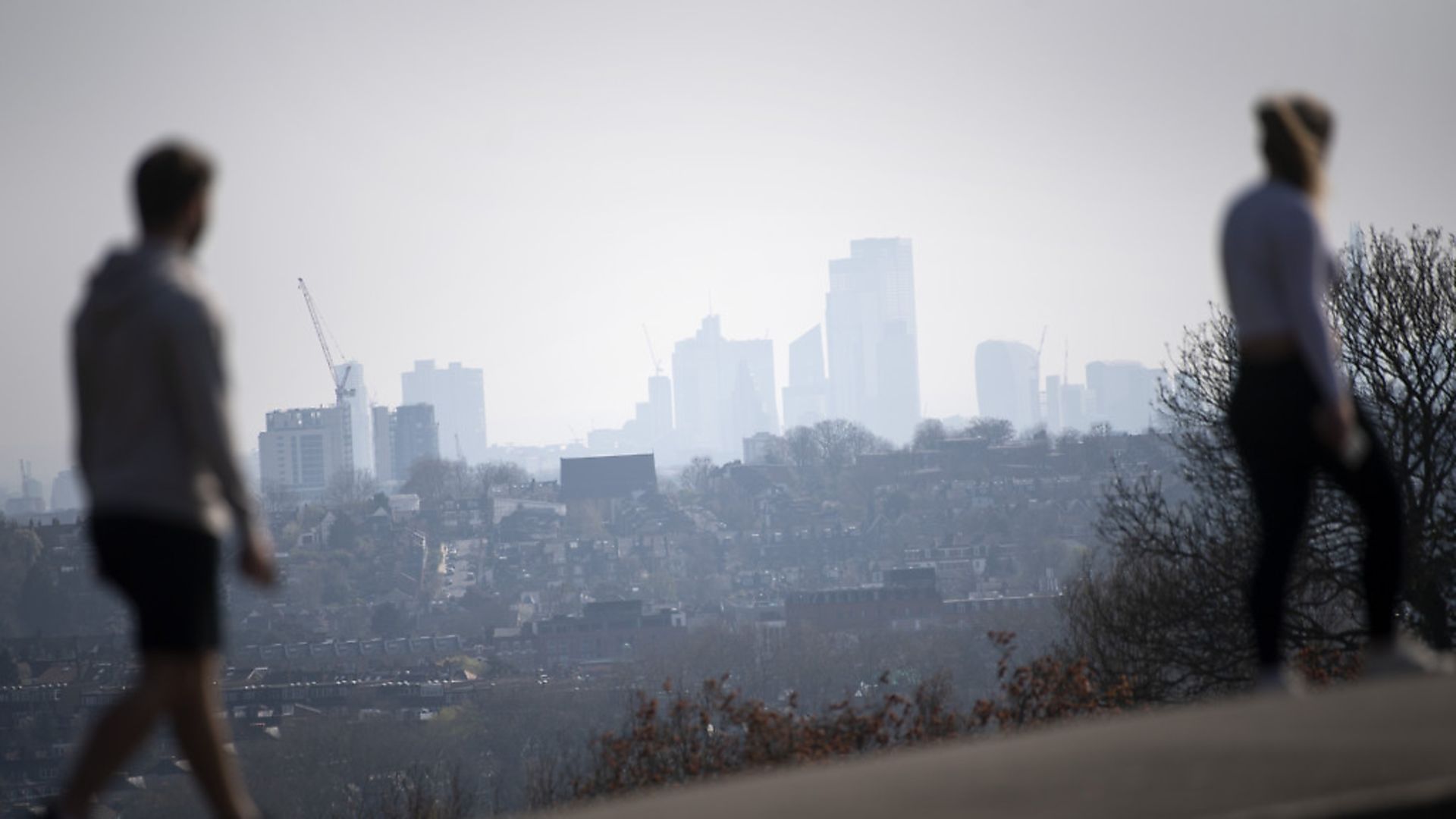
Longtime Londoner WILL SELF on finding ghosts from the past in the locked-down capital
Set in 1888, but published in 1890, in serial form in Lippincott’s Magazine, The Sign of Four is Arthur Conan Doyle’s second novel featuring Sherlock Holmes, consulting detective and intravenous drug addict. The plot has numerous convolutions – but the horse-drawn cab journey the Victorian crime-fighting duo take to visit the house of Thaddeus Sholto deep in south London is pretty straightforward, as reported by Dr Watson: ‘Wandsworth Road,’ said my companion. ‘Priory Road. Lark Hall Lane. Stockwell Place. Robert Street. Cold Harbour Lane. Our quest does not appear to take us to very fashionable regions.’ We had, indeed, reached a questionable and forbidding neighbourhood. Long lines of dull brick houses were only relieved by the coarse glare and tawdry brilliancy of public houses at the corner. Then came rows of two-storied villas each with a fronting of miniature garden, and then again interminable lines of new staring brick buildings, – the monster tentacles which the giant city was throwing out into the country.
It’s a remarkable passage, I think, because so few contemporary writers describe the massive expansion of London in the 19th century with any attention to topographic detail. Surely, the covering of this substantial area in bricks and mortar – accompanied by a shuddering into being of a concomitant urbanity worthy of a special effects sequence in a Christopher Nolan film, must have left a striking impression on those who witnessed it. The city increased six-fold in size in the span of a human life – yet in the novels of Dickens, Trollope et al., London, for the most part, is described as if it were immemorial, as well as monolithic; the Great Whenever.
I’ve been pondering this matter again the past month, when taking my government-sanctioned daily exercise. With massively reduced motor traffic – both on the ground, and in the heavens – the notoriously polluted London air has grown clearer and cleaner; and towards the small hours, the streets are almost completely empty. A couple of nights ago, I heard a nightingale sing in Kennington Lane. I myself haven’t been in a car or on the Tube for a month now – instead walking everywhere. Each night, I head out with my partner, and we quarter and re-quarter the unfashionable regions for an hour or so. At the end of our road lies the Brixton Road, and here is one of those ‘long lines of dull brick houses’ – in fact, an elegant terrace built in the 1820s.
True, by the time Holmes and Watson clip-clopped by, the introduction of public transport to London had led to many of these terraces becoming little better than slums, as the bon ton moved out to such salubrious locations as Upper Norwood and Sydenham Hill – but what intrigues us is the condition of London 60 years earlier, when there was no infill at all, and the long terraces – or ‘monster tentacles’ – along these roads, really were surrounded by market gardens and even open fields. I say ‘intrigues’, as if this were some exercise in imagination – but it isn’t: the coronavirus pandemic has returned us – at least partially – to the perceptual and sensual conditions that must have been enjoyed by their first residents.
Indeed, after a month’s walking, breathing and listening to the muted sough of the night-time city, I believe we’ve managed to invent a time machine just as imaginatively compelling as that of Conan Doyle’s contemporary, HG Wells. Shorn of their economic significance, and their workaday salience, the buildings erected subsequent to the Regency retreat into the sodium-tinged gloom – while those elegant terraces that remain, hoist up their brick petticoats and step forward. If we walk past Kennington Park then turn into Cleaver Square, and from there head down Kennington Lane, before turning left into Walnut Tree Walk, we can remain entirely within this strange zone, one prior to the great industrialisation of space-time that arrived, together with the railways, from the 1840s on.
We can smell the grass and flowers in the miniature gardens of the two-storied villas – and these aromas bring with them a sense of open spaces, as if there were nothing behind these austerely beautiful facades. I’ve lived in London all my life – and in this part of it for a quarter of a century, yet I’m seeing things entirely anew since the lock-down began. The philosopher, John Gray, writes that ‘in the city the human subject may feel himself to be but a shadow cast by the buildings’. Yet in the 21st century city, where so many of those salient buildings have a design specification shorter than a human life, this rubric seems to have been reversed. Now, the pandemic has returned us to the correct order of things, and as our footsteps ring out in the silent night, I reflect on how extraordinarily abnormal, normal can be: ‘At last the cab drew up at the third house in a new terrace. None of the other houses were inhabited, and that at which we stopped was as dark as its neighbours, save for a single glimmer in the kitchen window.’










